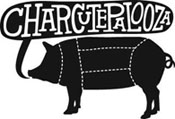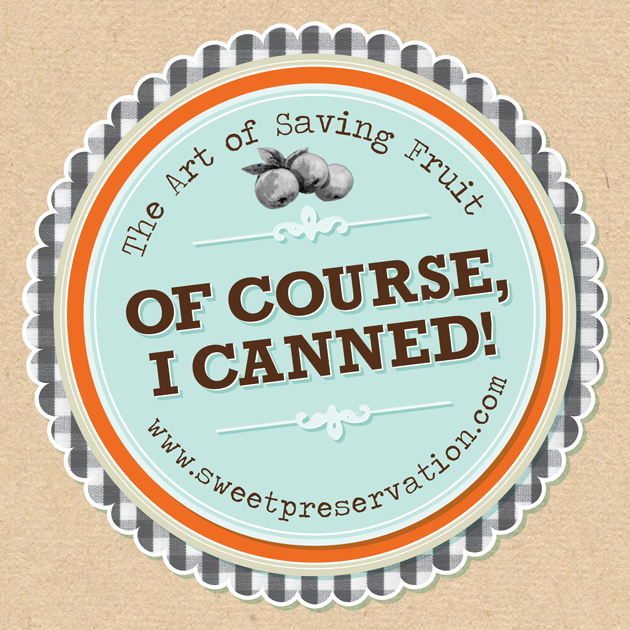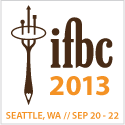Quince, the Queen of Pectin
 Saturday, November 13, 2010 at 9:17PM
Saturday, November 13, 2010 at 9:17PM Well, I wasn't looking for her, but I was happy I found her just the same. I hardly ever see her around anymore, and so when I do bump into her, it's always a pleasant surprise. I'm talking about my old friend, her Royal Highness, Quince. She is, in my book, the unofficial "Queen of Pectin".
In the early 80's I had a Quince tree in my yard in Wenatchee, and I don't think I fully appreciated it. That small but mighty tree required little care, yet gave back so much. The heady scent of it's blossoms could best be described as tropical, and every fall it's branches sagged with the weight of it's abundance of healthy fruit.
Every once in awhile now I see a small pile of quince amongst other "exotic fruits" in the produce department at the local QFC and I nearly faint because they are almost always quite expensive. Try $2.99. Each.
If only I had known in the 80's what I know now. But that goes without saying for a lot of reasons.
 Quince. Pineapple Quince, to be specific. (As opposed to Apple Quince, which are fuzzy.)
Quince. Pineapple Quince, to be specific. (As opposed to Apple Quince, which are fuzzy.)
~~~~~~
I had actually gone to Lam's International Market looking for Persimmons, which are in season and just coming into stores in Seattle.

Fuyu on the left, Hachiya on the right.
Not only did I find a screaming deal on both kinds of Persimmons (squat tomato-shaped Fuyus and acorn-shaped Hachiyas) but I found the aforementioned Pineapple Quince AND Meyer Lemons too.
Who ARE these people who tell me there isn't anything worth preserving in the winter time? And where are they when I need help peeling and pitting?
 Brook Hurst Stephens | Comments Off |
Brook Hurst Stephens | Comments Off |  Fuyu Persimmon,
Fuyu Persimmon,  Hachiya Persimmon,
Hachiya Persimmon,  Liams,
Liams,  Pectin,
Pectin,  Pineapple Quince,
Pineapple Quince,  Quince
Quince 







